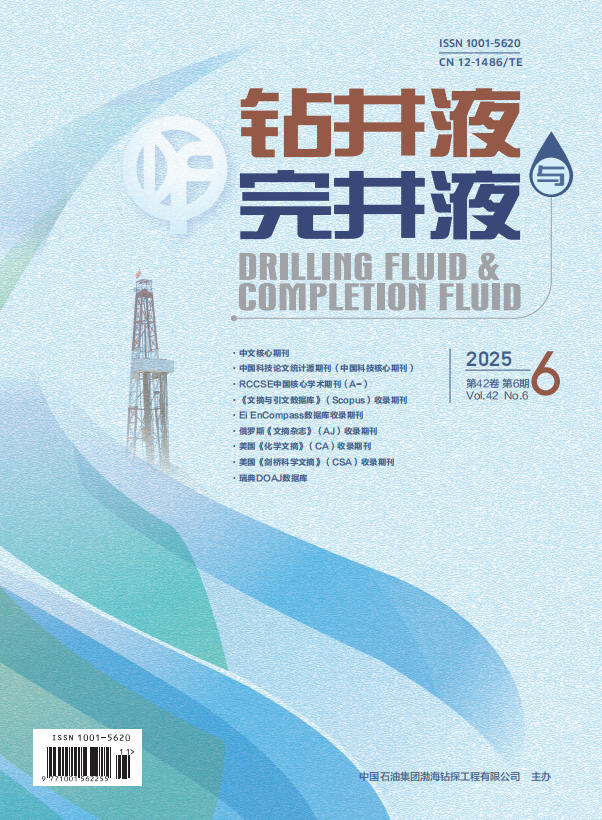Abstract:
As a weighting agent of drilling fluid, barite is easy to migrate, transform and precipitate in the reservoir to form acid insoluble barite mud cake, which causes serious damage to oil and gas reservoir. Therefore, it is necessary to remove the blockage of barite safely and reliably. However, many reasons, such as put too little emphasis on barite blocking, unclear mechanism of barite blocking and removal, improper design of removal methods, large investment but poor output, confidentiality of business, et al, have restricted the progress of remove barite blockage technology in China. The chelating agent with amino polycarboxylate as the main component is the most promising process choice for removing the barite blockage, while the chelating agent structure (amino group type, carboxyl number, ring chain size, chemical stability, et al), the properties of metal ions (charge, ion radius, ionization potential or alkalinity, co-associated metal ions, et al), medium environment (pH, temperature, pressure, et al) and so on, have a profound influence on the dissolution of barite. The economic and efficient design of chelating barite blocking remover and its removal process must take removal characteristics of different chelators, concentration, catalyst, converting agent, polymer breaker, bottom temperature, environment friendly, corrosiveness, formation rock matrix, secondary reservoir damage caused by removal process and other factors into account. With the help of modern experimental technique evaluation, such as filtrate cake dissolution, dissolution product composition and morphology, core flow, et al., and carefully design the details of chelating removal process, such as injection volume, injection pressure, soaking time, flow-back fluid treatment, et al, so as to fully understand the mechanism of barite blocking, the design of chelating removal agent and its application in oil and gas fields. In this paper, the systematic work of removing the blockage of barite filter cake is reviewed, which done by the previous researchers in recent years. Hoping to provide a new perspective for the readers, so as to improve the technical innovation level of drilling fluid and completion fluid in China.



